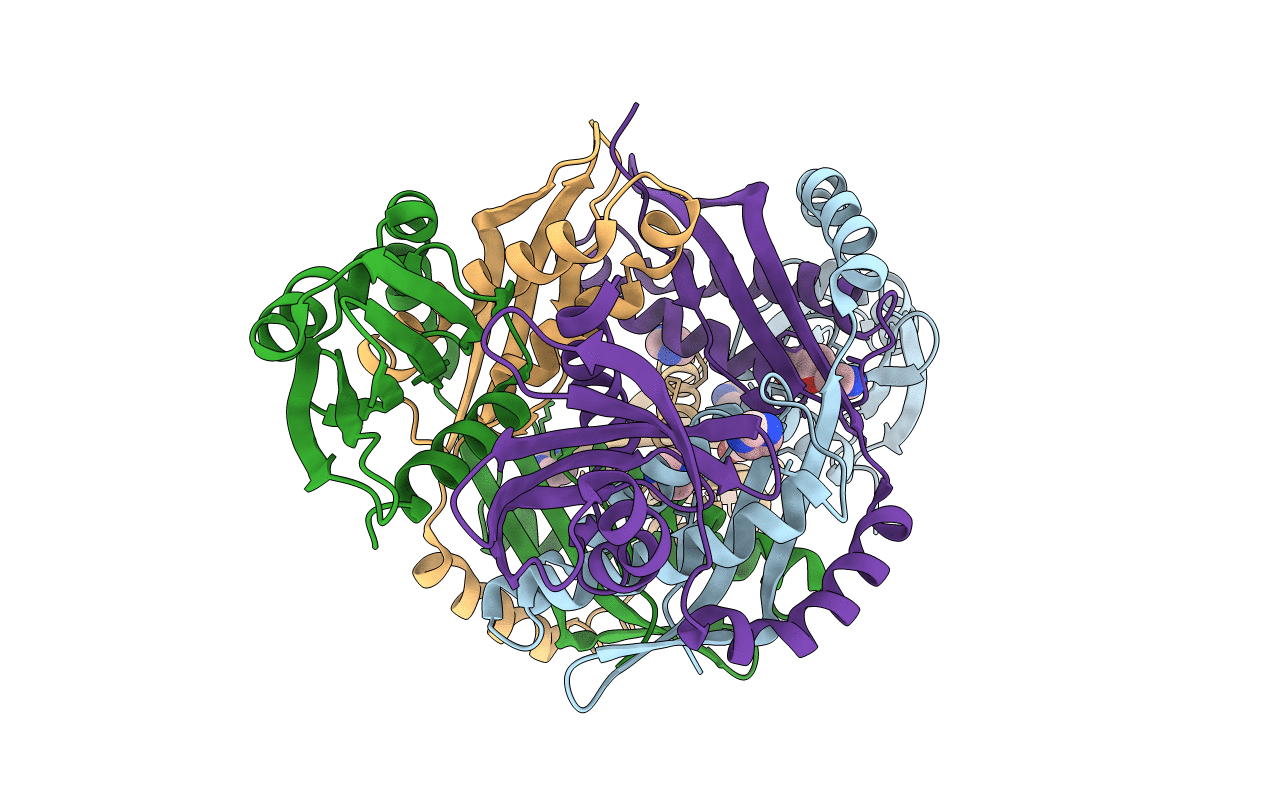
Deposition Date
2014-03-07
Release Date
2014-04-30
Last Version Date
2024-10-30
Method Details:
Experimental Method:
Resolution:
2.05 Å
R-Value Free:
0.21
R-Value Work:
0.17
R-Value Observed:
0.18
Space Group:
P 21 21 21


